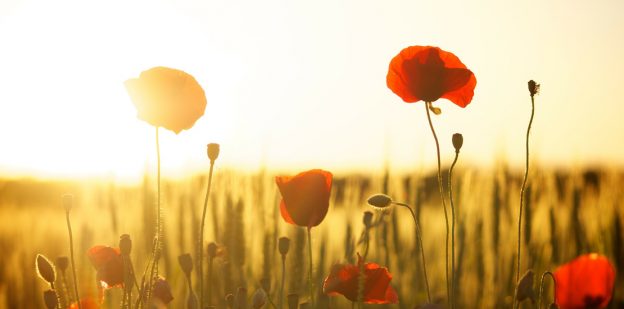This Armistice Day, join us in remembering the millions of animals who have lost their lives serving in the British, Commonwealth and Allied forces.
Many different types of animals were chosen to service because of their natural instincts, these include:
Dogs
Being intelligent and loyal, dogs have been valued by forces throughout history. They have been used as messengers, have sought out wounded soldiers, delivered medical equipment, detected explosives and have searched out hidden passages, enemies and weapons; to name a few.
Pigeons
With their ability to fly at great speeds and heights, pigeons were used to carry vital messages home when other communication methods were compromised. Pigeons were perfectly suited for this role because of their homing instincts, making it easy for them to navigate their way back to a base/loft.
Horses, Mules and Donkeys
Used to carry supplies and ammunition to the front line, eight million horses and countless mules and donkeys lost their lives during the First World War. As well as being used to transport supplies, they were also used in the cavalry and as gun horses.
Cat
It might come as a shock to hear that cats played a vital role in both the world wars, but they were more common in the trenches and aboard ships than we may have thought! Cats were used to catch mice and rats in order to protect food storage and prevent the spread of diseases and were also embraced as mascots and pets in order to boost morale amongst the soldiers.
The Purple Poppy Campaign encourages people to come together to pay tribute to the many animals who have been lost in service, and to those who serve us today.

